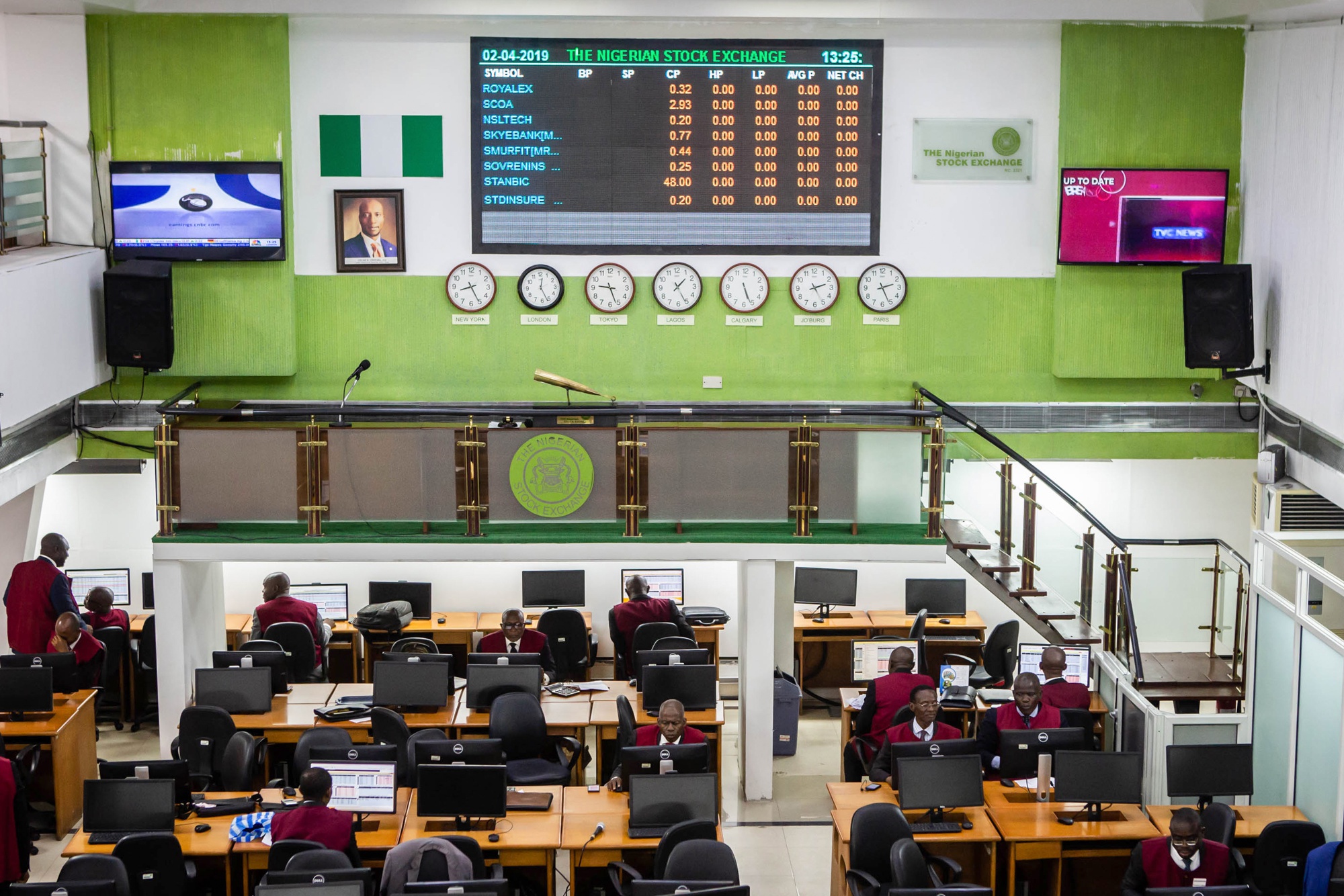Introduction
Many potential homeowners often ponder if mortgage insurance is required for USDA home loans. Let’s dive into this topic and unravel the facts to set the record straight and help you make informed decisions about your home buying journey.
Thank you for reading this post, don't forget to subscribe!An Overview of USDA Home Loans
Ever thought of owning a home in the serene suburban or rural areas but worried about the hefty down payments? Well, USDA home loans might be the golden ticket to make your dream come true. Initiated by the United States Department of Agriculture, these loans are a boon for eligible homebuyers, paving the path for homeownership without the necessity of a down payment.
The primary goal behind USDA home loans is to strengthen the economy of rural and suburban locales. They do this by creating a gateway for those who might find traditional financing options out of reach due to financial constraints or less-than-perfect credit scores. Imagine buying a home without worrying about saving up for a down payment, seems like a dream, right?
But, before you get carried away, it’s essential to understand that these loans come with their own set of rules and requirements. Applicants must be a U.S. citizen, non-citizen national, or qualified alien, and must have a steady source of income. Additionally, the property you’re eyeing must be located within one of the USDA’s designated eligible areas and used as your primary residence.
So, if you’re longing for the calm and peace of the countryside or a cozy suburban neighborhood and meet the USDA loan requirements, this could be your opportunity to turn your homeownership dreams into reality. It’s not just about owning a home; it’s about contributing to the economic stability of these areas and enjoying a tranquil lifestyle, all without the stress of a significant down payment. Isn’t that a deal worth considering?
Understanding Mortgage Insurance
In the realm of home buying, mortgage insurance often pops up, especially when your down payment is less than 20% of the property value. It acts as a safety net for the lender, stepping in to cover any financial losses if you, the borrower, are unable to fulfill your mortgage obligations. But what exactly does that mean?
Mortgage insurance is akin to a shield, protecting the lender against the potential risk of loan default. Let’s say you’ve found your dream home, but your savings for the down payment don’t quite reach the 20% mark. Here’s where mortgage insurance steps in. Your lender may require you to secure mortgage insurance as part of the loan agreement to protect themselves from any potential financial fallout should you be unable to keep up with your mortgage payments.
It’s important to note that while mortgage insurance protects the lender, it also has a silver lining for you as a borrower. This insurance can often help make homeownership possible for those who don’t have a large amount of savings to put towards a down payment.
While the concept may seem daunting, understanding mortgage insurance is crucial. As with most insurance policies, there’s a cost involved. You’ll typically pay a premium, either as part of your monthly mortgage payment or as a lump sum at closing, or perhaps both.
While mortgage insurance can add to your overall housing costs, it’s worth remembering that its primary purpose is to keep lenders at ease about the risk they’re taking on, which in turn opens the door to homeownership for a wider pool of potential buyers. So, while mortgage insurance can feel like an extra burden, it could be the helping hand you need to secure the home of your dreams.
USDA Home Loan Requirements
Embarking on the journey to homeownership with a USDA loan? If so, it’s essential to familiarize yourself with the prerequisites that you must satisfy. Firstly, it’s crucial that you can demonstrate a stable income. This is a measure put in place to assure the USDA that you have the ability to keep up with your mortgage payments.
Another non-negotiable condition to be an eligible borrower is your citizenship status. Whether you are a U.S. citizen, non-citizen national, or qualified alien, you can apply for a USDA home loan. In addition to these, the USDA loan program also caters specifically to those who are unable to secure a home loan through conventional financing options. The goal here is to extend a helping hand to individuals who might find other loan alternatives out of reach due to their financial situation or credit scores.
One of the unique characteristics of a USDA loan is the location of the property. The home you wish to purchase must be situated within one of the USDA-designated eligible rural areas. These are typically regions that are not densely populated, offering a peaceful and serene lifestyle away from the hustle and bustle of city life.
Last, but by no means least, is the occupancy requirement. This stipulates that the property purchased with the USDA loan must serve as your primary residence. This isn’t a loan program designed for investment properties or vacation homes—it’s about creating homeownership opportunities in suburban and rural regions to spur economic growth.
As you embark on your homeownership journey with a USDA loan, understanding and meeting these requirements will ensure a smoother ride. It’s not just about owning a house, it’s about embracing the lifestyle of rural or suburban living, contributing to their economic stability, and making a house your home.
Is Mortgage Insurance Required for USDA Home Loans?
Contrary to traditional mortgage plans, USDA loans carry a unique mandate – the USDA Guarantee Fee, which essentially serves a similar role to mortgage insurance. Rather than a straightforward mortgage insurance premium, the USDA imposes this fee which is divided into two components – an upfront cost due at closing and an annual charge, spread evenly over 12 monthly payments. So, while it may not be termed as mortgage insurance, there’s still a financial safeguard in place designed to protect the lender, echoing the same fundamental principle behind mortgage insurance. This may seem like an added financial obligation, but remember, it enables the advantage of zero down payment and competitive interest rates, making homeownership a tangible dream for many.
Understanding the USDA’s Guarantee Fee
Delving into the nuances of the USDA Guarantee Fee, let’s decode what it means for you as a borrower. This fee acts as a protective layer for lenders, similar to the role of mortgage insurance. The upfront component of this fee is generally 1% of the total loan amount. Don’t fret just yet about upfront costs, though. This initial fee can be incorporated into your loan amount, eliminating the need for an out-of-pocket expense at the time of closing.
On top of the upfront fee, there’s an annual charge which is approximately 0.35% of the remaining loan balance. This fee is partitioned into 12 equal installments and incorporated into your monthly mortgage payments.
In a nutshell, while the USDA Guarantee Fee may not bear the traditional label of mortgage insurance, it serves a similar purpose, protecting the lender in case of a loan default. Although it might seem like an extra financial burden, it’s worth considering the bigger picture – the Guarantee Fee helps make homeownership viable, offering competitive interest rates and no down payment requirements, a potentially life-changing opportunity for many.
The Impact of the Guarantee Fee on Your Payments
Unraveling the impact of the USDA’s guarantee fee on your monthly payments can provide a clearer picture of the financial commitment you’re making. While it’s true that the guarantee fee does add a slice to your monthly mortgage expense, it’s crucial to appreciate the broader context. This fee is instrumental in the USDA’s ability to present attractive interest rates and the compelling benefit of zero down payment. This dynamic significantly broadens the accessibility of homeownership.
When you opt for a USDA loan, your initial loan amount may be marginally increased if you choose to roll the upfront guarantee fee into it. Consequently, this will also slightly affect the total interest you’ll pay over the lifespan of the loan. Meanwhile, the annual guarantee fee, fractioned into twelve monthly payments, blends seamlessly into your regular mortgage dues.
These factors combined do mean your monthly payments with a USDA loan might be a tad higher than they would be with a mortgage that doesn’t involve this type of fee. However, when balanced against the significant advantage of not requiring a hefty down payment, many find this an agreeable trade-off.
Ultimately, the impact of the USDA’s guarantee fee on your mortgage payments embodies a blend of short-term and long-term considerations. The benefit of walking into homeownership without the initial financial hurdle of a substantial down payment can be a significant relief for many. Simultaneously, the slightly elevated monthly payments are a small price to pay for the peace of mind that comes with a fixed, competitive interest rate. It’s all about finding the perfect balance that works for your unique financial scenario and homeownership dreams.
Alternatives to USDA Home Loans
If the USDA loan doesn’t align perfectly with your requirements, don’t worry, there are other options to consider. A notable alternative is the Federal Housing Administration (FHA) loan. Specifically designed to assist low-to-moderate income homebuyers, FHA loans offer attractive features such as lower minimum down payments and more lenient credit requirements compared to conventional loans. If you are a military veteran or currently serving, a Veterans Affairs (VA) loan could be another viable option. These loans offer significant benefits, including no down payment and no private mortgage insurance requirements for eligible military members. Each loan type has its unique features, benefits, and eligibility requirements, so it’s important to do your homework. Shop around, compare the pros and cons of each, and make sure to find a mortgage product that aligns with your individual needs, financial circumstances, and homeownership aspirations.


